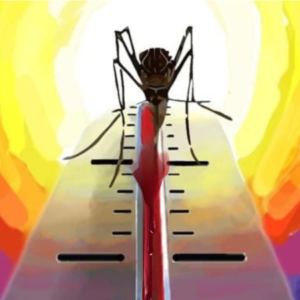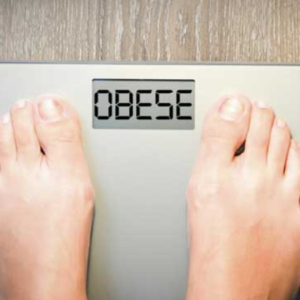There are around 3 billion younger people (under 25 years of age) in the world, of whom 1.2 billion are adolescents (10–19 years old). In India, adolescents constitute 20% of the total population, which is about 250 million adolescents. These adolescents can play a crucial role in contributing to the economic and overall development of the country. However, they have their own unique health challenges, with poor sexual and reproductive health being a significant one. Centralizing adolescent health will not only help improve their health status, but will also aid in achieving the Sustainable Development Goals.
Teenage Pregnancy is a global phenomenon. The complications during pregnancy and childbirth are some of the major causes of death among girls aged between 15 and 19 years. It is estimated that in Low- and Middle-income countries, about 21 million girls (15-19 years) becomes pregnant every year, leading to about 12 million births. According to the NFHS 5, teenage pregnancy in India is 6.8%, which is significantly lower than the NFHS 4 and 3 (7.9% vs. 16%, respectively).
The statistics on teenage pregnancies in India indicate a declining trend; however, a state- or UT-level analysis reveals a quite different scenario. The Indian states with the highest rates of teenage pregnancies include Tripura (22%), West Bengal (16%), Andhra Pradesh (13%), Assam (12%), Bihar (11%), Jharkhand (9.8%), Manipur (8.6%), Maharashtra (7.6%), Odisha (7.5%), and Meghalaya (7.2%).
Furthermore, while having a low frequency of teen pregnancies, several states and UT have exhibited a rising trend. Even states like Tripura, Arunachal Pradesh, and West Bengal have adolescent fertility Rate as 3/1000, 1/1000 and 1/1000 adolescent women respectively in the age group 10-14 years of age.
Teenage pregnancy adversely impacts the mother’s and child’s health and is strongly associated with preterm labour, pregnancy-induced hypertension, anaemia, low birth weight babies, etc. An intergenerational cycle of malnourishment may also set in when an adolescent girl becomes pregnant. In the majority of cases, it also results in an interruption of education and employment opportunities for the adolescent mother. In India the shortest birth interval of 7-17 months is highly prevalent among adolescent girls (33 %)
The lives of these teenage mothers are severely impacted, and adding to this, the short birth interval worsens their situation socially, physically, and psychologically. There are many determinants of teenage pregnancy, like poverty, illiteracy, lack of awareness, social norms and traditional beliefs, child marriages, etc. These determinants, alone, or in interaction with each other, might contribute to teenage pregnancy. Many states such as Assam, West Bengal and Tripura, etc. which has shown high prevalence for teenage pregnancy and child mariage are the states which has demonstrated an increasing trend for the percentage of population lying in the lowest wealth quintile as well. This suggest that there are chances that the rise in poverty might have negatively impacted the trend of teenage pregnancies in these states.
As, teenage pregnancy is a social public health issue. Therefore, perceptions, beliefs, socio-cultural practices play a key role and this must be considered during programme planning and implementation concerning the severity of the Assam.NFHS 5 data on perception of men (15-49 years) on contraceptives reveals their believe and attitude towards contraceptives utilization as more than 30% of them believe that contraception is women’s business and a man should not have to worry about it and about 20 % agrees that women who use contraception may become promiscuous. These data are not just few percentages, but evidence that indicates the need of strong interventions focusing on community engagement in curbing the teenage pregnancies and enhancing the contraceptives usage as many such more beliefs and practices might exist in different states in the society, that prevent contraception use, encourage child marriage, teenage pregnancy, pregnancy with lowered birth interval and with high birth order amongst adolescent girls.
Overall, the state/UT’s individual level analysis shows the level of effort needed to promote adolescents sexual and reproductive health while prioritising state-level requirements and associated challenges along with multi-stakeholder involvement in raising awareness of the RKSK programme and its services.
About the Author: Isha Agrawal is Lecturer and Research Officer at Edward & Cynthia Institute of Public Health ( ECIPH)
Disclaimer: Views expressed are the author’s own. Edward & Cynthia Institute of Public Health or Yenepoya (Deemed to be University) are not responsible for contents or opinions reflected in this article.

Isha Agrawal
Isha Agrawal is Lecturer and Research Officer at Edward & Cynthia Institute of Public Health ( ECIPH)
-
Isha Agrawal#molongui-disabled-link




